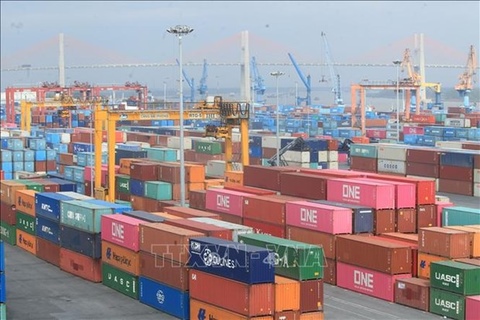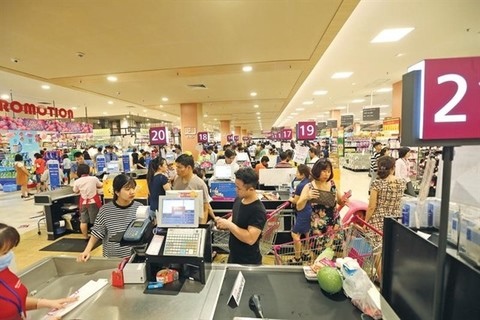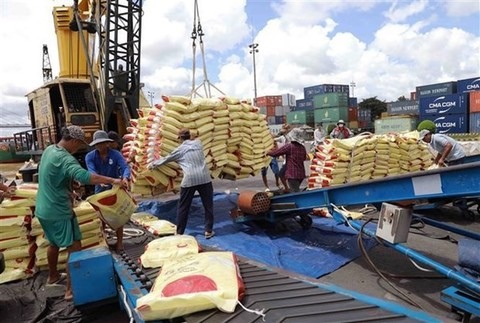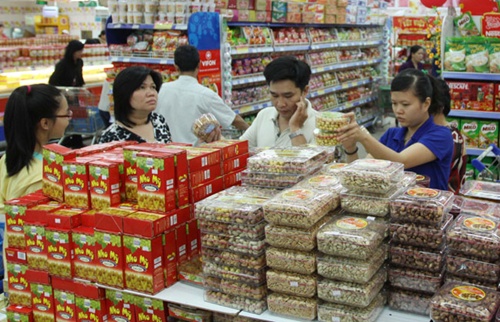New customs law: expectations met?
New customs law: expectations met?
The Law on Customs issued by the National Assembly in June and due to take effect on January 1, 2015 demonstrates the efforts of the government in reforming customs procedures. However, many issues will need to be clarified. Baker & McKenzie Vietnam partner Nguyen Lan Phuong and senior trade practitioner Tran Ngoc Trung take a look at the issues.
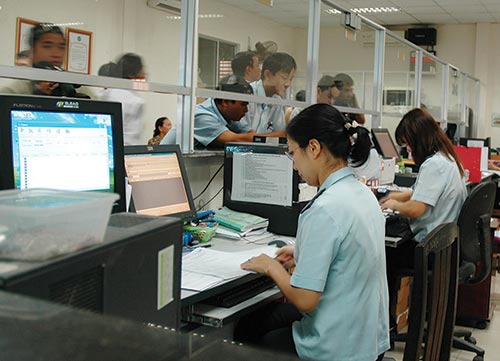
The World Trade Organization (WTO) completed the first successful multilateral trade negotiations in its nearly two-decade history, concluding negotiations for the Trade Facilitation Agreement in December 2013 with the aim of speeding up the movement, release and clearance of goods in an effort to bolster co-operation on customs.
Vietnam’s recent efforts deserve specific acknowledgement, as they include launching a new VNACCS/VCIS e-customs system consisting of e-declaration, e-manifest, e-invoice, e-payment, e-C/O, selectivity, risk management/criteria, corporate management, goods clearance and release, supervision and inspection. The system purports to ensure Vietnam’s compliance with the ASEAN “single window” initiative and its responsibilities as a WTO member.
Recognising the essential nature of trade facilitation, Vietnam has taken a further step to bring its customs regulations more in line with international commitments through a new law on customs: The Law on Customs (54/2014/QH13), passed by the National Assembly on June 23, 2014, will enter force on January 1, 2015.
Thanks to the new law, the average time spent on customs procedures should be substantially reduced, with customs dossier verification procedures cut to a maximum of two hours, a reduction in the physical goods inspections to eight hours, as opposed to two working days, including partial or full-consignment inspections.
The new law also allows prioritised declarers to submit incomplete customs declaration forms based on a 30-day grace period which can later be amended. This marks a significant regulatory loosening, compared with the current regulation, which only allows declarers to make changes to the declaration form before the physical goods inspection.
The customs authorities are also required to conduct customs clearance during holidays and weekends, as well as to work overtime to facilitate goods clearance.
The new law is expected to reinforce the growing evolution of the country’s customs procedures, with the new regulations being a result of a tidying up of current regulations scattered throughout governmental documents like decrees and circulars. The law also encompasses fundamental regulations including priority mechanisms for enterprises of good standing, temporary import/export, duty-free commodities, goods processing and the roles and responsibilities of customs agents. Although the new law does not feature many de facto changes, the legalisation should bring more consistency and stability as the law previously lagged behind other governmental legal documents.
One noteworthy point in the new law is the participation of the National Assembly in supervising customs activities. The National Assembly’s main function is to supervise governmental activities and laws. However, with a clear statement in the new customs law, together with the consolidation of certain governmental regulations into a single document, Vietnam aims to underline the importance of the new law – and recognises it as a key issue to increase the international flow of trade as part of the country’s export-oriented economic policies.
Whether such a message can be acted upon or not is another question, as many issues still remain. First, a collaboration mechanism for scrutiny is not provided in the new law. How will the National Assembly supervise customs activities? Is there any special measure for the legislature to implement its supervisory role more effectively? There is no mention in the new legislation of the role of the National Assembly as one of the supervising bodies of the customs authority, posing doubts over the supervisory claims expressed in the legislation.
The new law also outlines what the customs authority is not legally allowed to do. However, the wording is more a propaganda statement, as it lacks any clear mechanism to identify the boundary between a violation and conformity. Specifically, the law does not provide any criteria regarding the triggering of burdens against declarers while conducting customs clearance procedures. Therefore, in practice, it is difficult to enforce this regulation.
Regarding the customs dossier, the new law limits the compulsory document to the customs declaration form, with the sale and purchase contract and commercial invoice only required in certain situations.
Such simplification creates more ambiguity as the law does not provide the conditions or circumstances where you would need to provide these supplementary documents. With the inclusion of the phrase “other goods-related documents”, interpretation is still at the discretion of the customs authority without any clear guidance.
Another development in the customs dossier, expected in the new law is the acceptance of electronic documents. With the launch of the new VNACCS/VCIS e-customs system, electronic documents should have received more detailed regulations in order to enforce the ‘single window’ mechanism. However, the new law provides basically the same wording of electronic documents as the existing law. This causes concern around the implementation of the e-customs system, in certain circumstances, though the regulations of electronic documents are in place, the customs authority still requires the submission of red company-stamped documents.
The new law also imposes several stricter controls. The customs authority previously only had control customs clearance procedures for import processing, as well as processing activities.
The new law takes a further step to require the supervision of imports for further processing throughout the whole process, from customs clearance, during production, until the end products are exported, or the usage of imports for further processing is changed. As such, imports for further processing shall receive similar treatment as goods in transit. Such stricter control may create more obligations for importers to conform to this new regulation.
Physical goods inspection could become stricter by narrowing the scope for exemptions. The exemption no longer applies to exports; overseas merchandise brought into free commercial zones; transit ports and customs bond warehouses; goods in transit; goods temporarily imported for re-export within a specified time; and imported goods which are machinery and equipment to form fixed assets and which are tax exempt as part of an investment project.
The new customs law has, to a certain extent, demonstrated the efforts of the Vietnamese government in reforming its customs system. Goods may move a bit more quickly through customs, however, awareness of its complexity is still key to the lawful conduct of their trade practices.
vir


